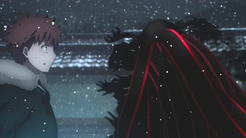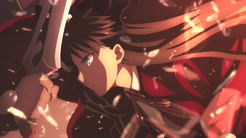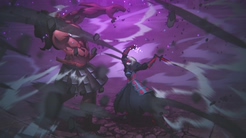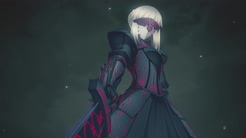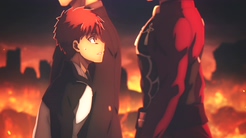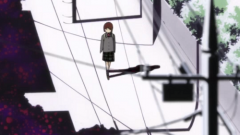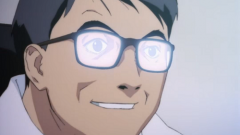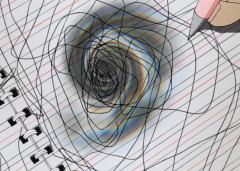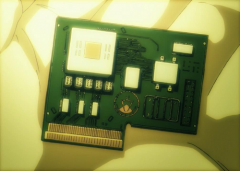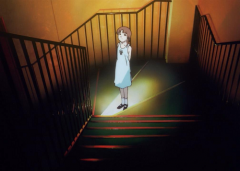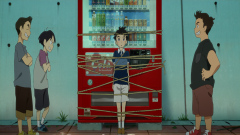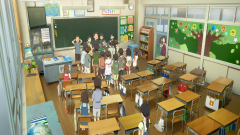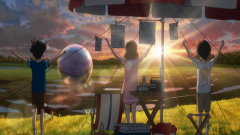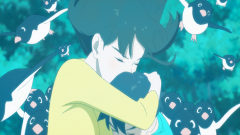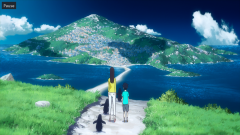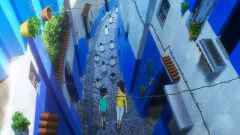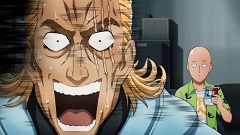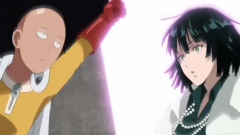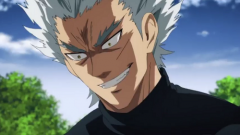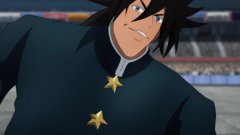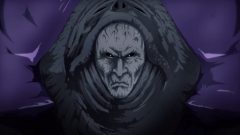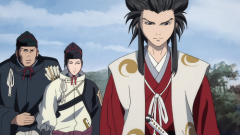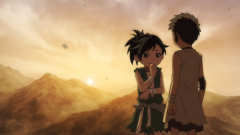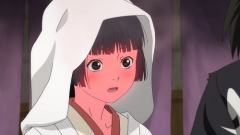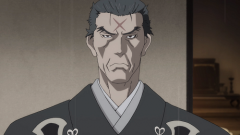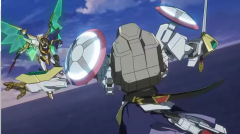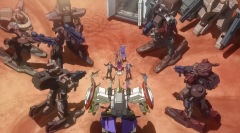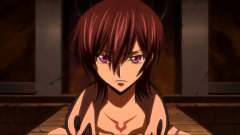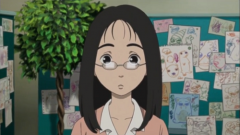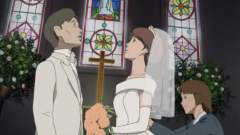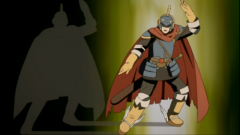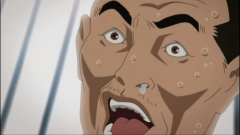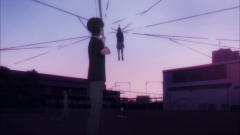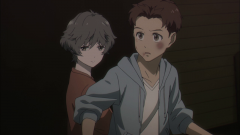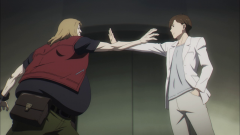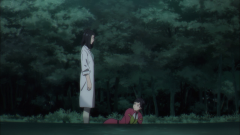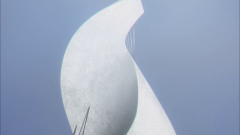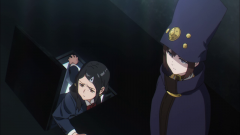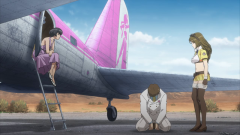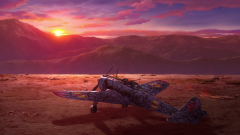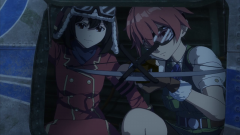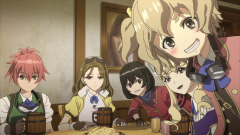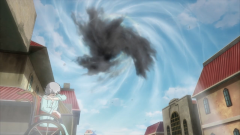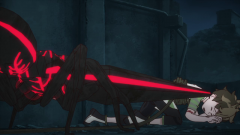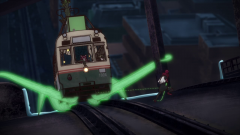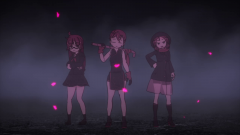Long time no see and strap in cause this is going to be a long one. I will preface this review with the assumption that you have seen the first movie of this trilogy and this movie as well as the assumption that whomever is reading this knows what a command spell is. So basically expect spoilers after this first paragraph while I place my general thoughts at the beginning. To throw my final estimate on this right now I will say that Heaven’s Feel II is just as good, if not better than the movie preceding it. Ufotable truly have done great work in bringing this route to life and with two movies out of three adapted as well as this then as long as Ufotable doesn’t make any major missteps in the last movie this will be considered a perfect adaption with only nitpickers trying to amplify its flaws(Take note that nitpicking is to follow this paragraph.) The animation is steller, the music is…well I think Kajura held herself back enough to make my usual complaints of her less evident, the adaption of the source ultimately makes it better by cutting out the bloat and extending fight scenes which were originally nonexistent and the atmosphere and pacing is engaging from start to finish. For those curious I will confirm that yes there is a sex scene in this movie though temper your expectations as it is a sex scene on the level of which you would see in a PG rated romantic comedy. So I am afraid you will once again have to rely on doujins if you require some porn. Funny as it is though I would say that the strongest element of this movie isn’t the fight scenes, character interactions or the further developments of the holy grail war. But the show stealers here is when the story veers into horror as it’s there where Kajura’s soundtrack truly excels and highlights the utterly unnerving nature that the villain of this piece is. The “shadow” captures a near Lovecraftian level of unknown malevolence and any time it’s on screen is a showcase of just how powerless anyone is to oppose it. The combination of CGI and 2D animation makes it truly otherworldly and unsettling, almost making the uncanny effect its advantage. The story is dark to the point of giving Fate/Zero competition as developments long awaited and wished are finally happening to the cast. If there is a detriment it would be that some great scenes with Illya and Kirei were cut to make the runtime reasonable which is understandable but somewhat disappointing. So if you have already watched the first movie and was interested enough to move on to the second then I doubt you need my encouragement to continue.
Continue reading “Fate/Stay Night Heaven’s Feel – II Lost Butterfly Anime Review – 91/100”

